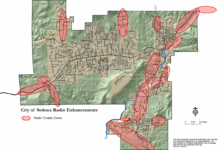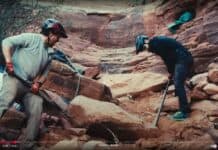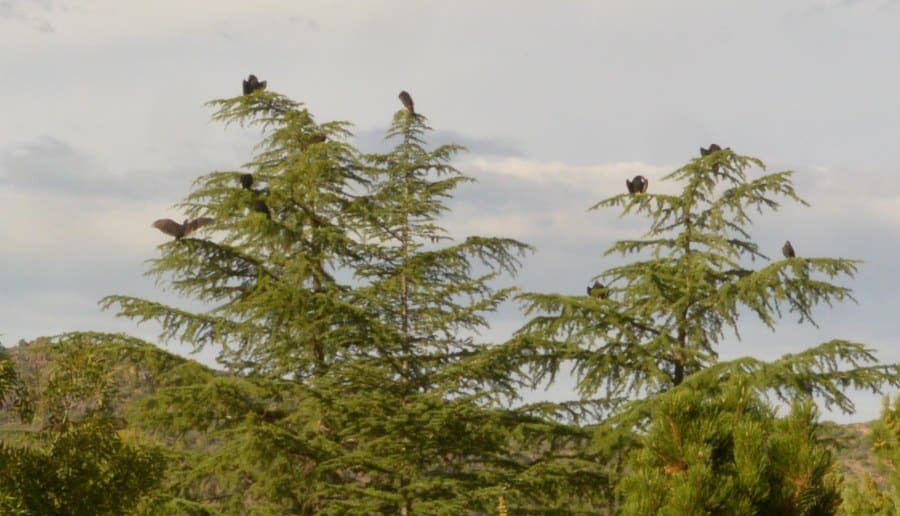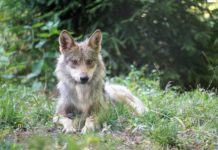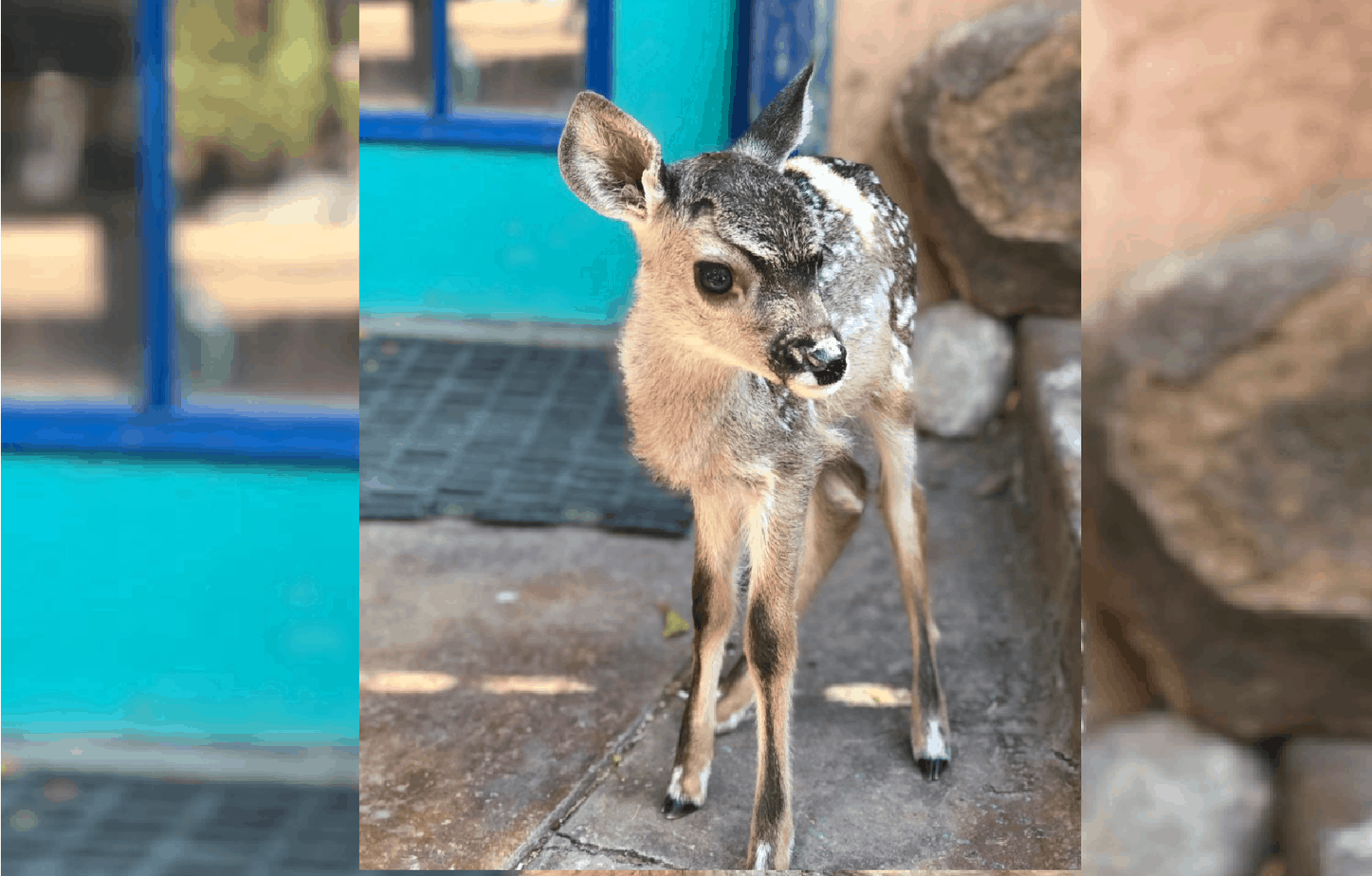Last week a resident of VOC reported on a neighborhood forum that several unidentified suspicious characters were seen hanging out in the neighborhood. They had large builds and bald heads with reddish complexions. After looking at a photo of the group. Michele Losee, executive director of the International Raptor and Falconry Center, positively identified the group of 16 individuals gathered in a pine tree as turkey vultures.
During the warm months, Losee said, turkey vultures like to stay in the Verde Valley, but when it starts cooling down, they’ll make a run south to the border where they’re safe from the cold. She said they’ll probably start flying the coop any week now. But Losee said these scavenging raptors get a bad rap.
“What a lot of people don’t know about vultures is they are very social. They live in groups, they’re extremely intelligent and have a very charismatic personality,” she said.
The turkey vulture’s social nature explains why residents of Sedona and VOC have reported large gangs of turkey vultures congregating in trees or circling together in the air over an enticing smell.
But what Losee sees as the turkey vulture’s softer side, Tim Weber, owner of Birding Northern Arizona, sees as more of a mutual protection racket.
“They’re communal roosters … they always hangout together,” Weber said.
Weber thinks there are two reasons for their social behavior. One is protection from predators. Weber says they’re tough birds — no other bird can take them out — but predators like mountain lions could still pose a threat, and by hanging together, the vultures can take advantages of multiples eyes watching for danger. The same principle applies to the search for food. If one vulture catches wind of something in the air, the rest of the group can follow. Weber and Losee both pointed out that another distinguishing feature of turkey vultures is their incredible sense of smell. They can smell a rat from a mile away, literally, according to Audubon California.
“What people also don’t realize is turkey vultures are one of the few birds to actually use their sense of smell to hunt or find food,” Losee said. “That’s why if you ever look at a turkey vulture’s head up close, they have these ginormous nostrils, and that’s so they can smell. So, what they’re doing when they’re circling [in the air] is they’re smelling for the off-gasses of dead carcasses, or bodies, really.”
Turkey vultures have ugly mugs — which may be one of the reasons people are so suspicious of them — and these huge nostrils in their skulls for smelling don’t help them win any beauty contests, but it helps them find food like no other birds. Losee also said that turkey vultures are the real masterminds of the raptor world. Among hawks, eagles and owls, Losee said she thinks vultures are the smartest.
“When I do education programs, I always tell people on the intelligence scale for raptors, vultures are at the top, owls are at the bottom,” she said. “One of the vultures we had, her name was Delectable, she was a griffon vulture,” Losee explained. “She would take her feathers that had dropped on the ground and she would kind of stick them up by the wire and encourage people to play tug of war with her. But then she would put them in a direction to where the person would have to reach their fingers in [the cage] to get the feather from her, and then she would bite them. And that was her entertainment.”
Losee’s bottom line is that when people see turkey vultures hanging out in the VOC or Sedona, the birds should be treated more respectable-like.
“They’re great birds, awesome birds,” she said. “They’ve just got great personalities. They really kind of have a bad image just because of the way they look, because their heads are bald …They do a great service to everybody. If we didn’t have vultures the world would be very dirty and very disease-ridden.”
Scott Shumaker can be reached at 282-7795 ext 117 or by email at sshumaker@ larsonnewspapers.com


